Affiliate links on Android Authority may earn us a commission. Learn more.
Google Pixel 6 Pro vs Pixel 8 Pro: What's the difference and should you upgrade?
Published onJanuary 27, 2025
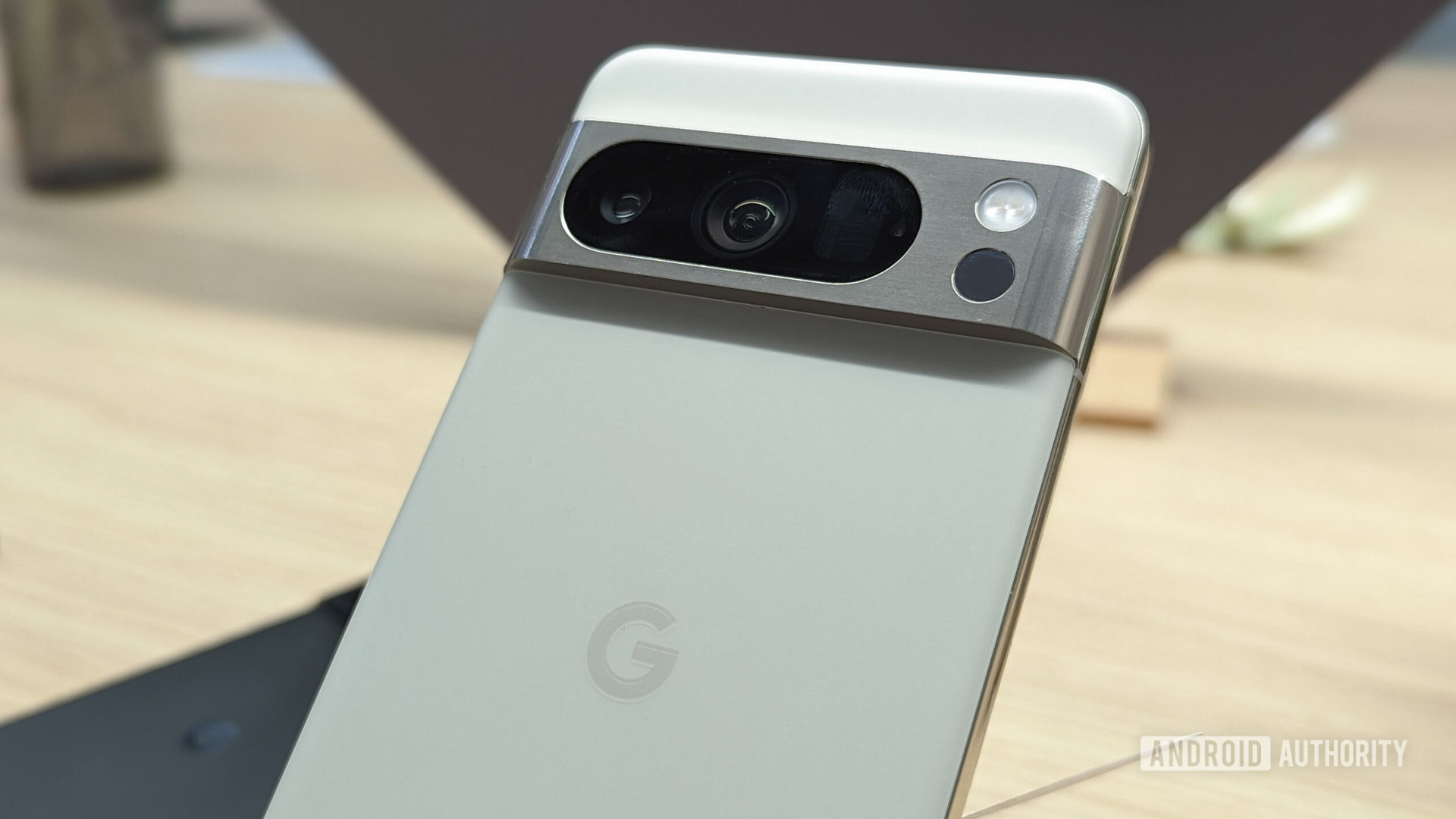
It’s increasingly common, it seems, to acknowledge that there isn’t as much reason to upgrade your smartphone these days as there was even a few years ago. Year-to-year changes have become incremental. The longer you wait, though, the more those changes can add up. So, if you’re weighing an upgrade from the Google Pixel 6 Pro to the new Pixel 8 Pro, is the leap justifiable?
Update, Jan 2025: We’ve updated this versus review with details of the Pixel 9 series.
Google Pixel 6 Pro vs Google Pixel 8 Pro: At a glance
- The Pixel 8 Pro sports a faster Google Tensor G3 processor which can handle a lot of AI tasks on-device.
- Camera improvements include wider apertures, a 48MP ultrawide sensor, and a bump in telephoto zoom from 4x to 5x.
- Battery capacity is largely unchanged, although there is faster wired charging.
- Display resolution is actually slightly lower on the Pixel 8 Pro, but its screen can get incredibly bright, up to 2,400 nits peak.
- Connectivity now includes USB 3.2, Bluetooth 5.3, and Wi-Fi 7, though the last is only in select regions.
- The Pixel 8 Pro includes a thermometer if you want to scan objects in your environment.
Google Pixel 6 Pro vs Google Pixel 8 Pro: Specs
| Google Pixel 8 Pro | Google Pixel 6 Pro | |
|---|---|---|
Display | Google Pixel 8 Pro 6.7-inch Super Actua OLED 20:9 aspect ratio 2992 x 1344 (489ppi) 1-120Hz dynamic Smooth Display Gorilla Glass Victus 2 1,600 nits brightness for HDR, 2,400 nits peak brightness | Google Pixel 6 Pro 6.7-inch OLED 19.5:9 aspect ratio 3,120 x 1,440 (512ppi) Gorilla Glass Victus 120Hz adaptive refresh rate |
Processor | Google Pixel 8 Pro Google Tensor G3 | Google Pixel 6 Pro Google Tensor |
RAM | Google Pixel 8 Pro 12 GB LPDDR5X RAM | Google Pixel 6 Pro 12GB LPDDR5 |
Storage | Google Pixel 8 Pro 128GB, 256GB, 512GB, or 1TB (US-only) No expandable storage | Google Pixel 6 Pro 128, 256, or 512GB No expandable storage |
Power | Google Pixel 8 Pro 4950mAh (minimum) 5050mAh (typical) 30W wired charging 23W wireless charging (w/Pixel Stand 2nd gen) 12W Qi wireless charging Battery Share | Google Pixel 6 Pro 5,000mAh (typical) 23W wired charging 23W wireless charging (w/Pixel Stand) 12W Qi wireless charging Battery Share |
Cameras | Google Pixel 8 Pro Rear: - 50MP main 1.2 μm, f/1.68, 82-degree FoV 1/1.31-inch sensor 2x "optical quality" zoom OIS and EIS - 48MP ultra-wide 0.8 μm, f/1.95, 125.5-degree FoV - 48MP telephoto 0.7 μm, f/2.8, 21.8-degree FoV 5x optical zoom OIS and EIS - Multi-zone laser AF Front: - 10.5MP 1.22 μm, f/2.2, 95-degree FoV, autofocus | Google Pixel 6 Pro Rear: - 50MP main 1.2 μm, f/1.85, 82-degree FoV 1/1.31-inch sensor OIS and EIS - 12MP ultra-wide 1.25 μm, f/2.2, 114-degree FoV - 48MP telephoto 0.8 μm, f/3.5, 23.5-degree FoV 1/2-inch sensor 4x optical zoom OIS and EIS - Laser AF Front: - 11.1MP single 1.22 μm, f/2.2, 94-degree FoV |
Audio | Google Pixel 8 Pro Stereo speakers Triple mics Spatial audio Bluetooth 5.3 No 3.5mm port | Google Pixel 6 Pro Stereo speakers Triple mics Bluetooth 5.2 No 3.5mm port |
IP rating | Google Pixel 8 Pro IP68 | Google Pixel 6 Pro IP68 |
Biometrics | Google Pixel 8 Pro Face Unlock and Fingerprint Unlock (w/under-display sensor) | Google Pixel 6 Pro Fingerprint Unlock (w/under-display sensor) |
SIM | Google Pixel 8 Pro Dual SIM (single nano and eSIM) | Google Pixel 6 Pro Dual SIM (single nano and eSIM) |
Software | Google Pixel 8 Pro Android 14 | Google Pixel 6 Pro Android 12 (updates to 14) |
Dimensions and weight | Google Pixel 8 Pro 162.6 x 76.5 x 8.8mm 213g | Google Pixel 6 Pro 163.9 x 75.9 x 8.9mm 210g |
Colors | Google Pixel 8 Pro Obsidian, Porcelain, Bay | Google Pixel 6 Pro Stormy Black, Cloudy White, Sorta Sunny |
There’s a range of spec upgrades here, but the biggest is obviously Google’s third-generation Tensor processor. Although you might not notice the G3’s power vs the first-gen Tensor in apps like Reddit or Gmail, it could make a big difference in games, or in apps that depend heavily on AI. Indeed, Google says that the G3 can run many AI processes on-device that formerly had to be handled in the cloud.
The biggest spec upgrade is the Tensor G3 processor.
You’ll also notice the display. The Pixel 8 Pro has a slightly taller 20:9 aspect ratio, and actually drops a little in resolution from 3,120 x 1,440 to 2,992 x 1,344. That pixel density doesn’t matter much, thankfully, but what does is that the new screen can get intensely bright, up to a peak of 2,400 nits, even if you’ll usually just see 1,600 nits when viewing HDR content. If you regularly squint at your phone in sunlight, this could be a reason to upgrade.
Some (relatively) minor upgrades include Face Unlock, and improved connectivity in the form of things like USB 3.2, Bluetooth 5.3, and Wi-Fi 7. More significant to some will be 30W wired charging, though you’ll need to buy a compatible USB PD PPS charger, since Google doesn’t include one in the box.
Yes, to a degree, since they share an IP68 rating. You shouldn’t swim or shower with them though, at least not without a water-sealed case. Avoid salt water or chlorine.
We’ll lastly mention that there’s a 1TB storage option for US buyers, and all Pixel 8 Pros now have a built-in thermometer. We’re not quite sure why Google added it, to be honest — while you can use it to check the temperature of food and other objects, no one was clamoring for that, certainly not when smartphone batteries still last little more than a day. As of late January 2024, it’s FDA-cleared to record body temperature, but it may not be accurate enough to confirm a fever. You should probably find a standalone thermometer if you think you might be sick.
Google Pixel 6 Pro vs Google Pixel 8 Pro: Size comparison
In terms of size, there’s virtually no difference between the two phones. You can’t reuse your Pixel 6 Pro case , but the adjustments are minor, and if anything, the 8 Pro (above) is actually a tiny bit shorter despite keeping a 6.7-inch screen and changing to that 20:9 aspect ratio. Google’s distinctive rear camera bar remains, simply looking nicer thanks to design changes that originated with the Pixel 7 Pro.
Google Pixel 6 Pro vs Google Pixel 8 Pro: Cameras
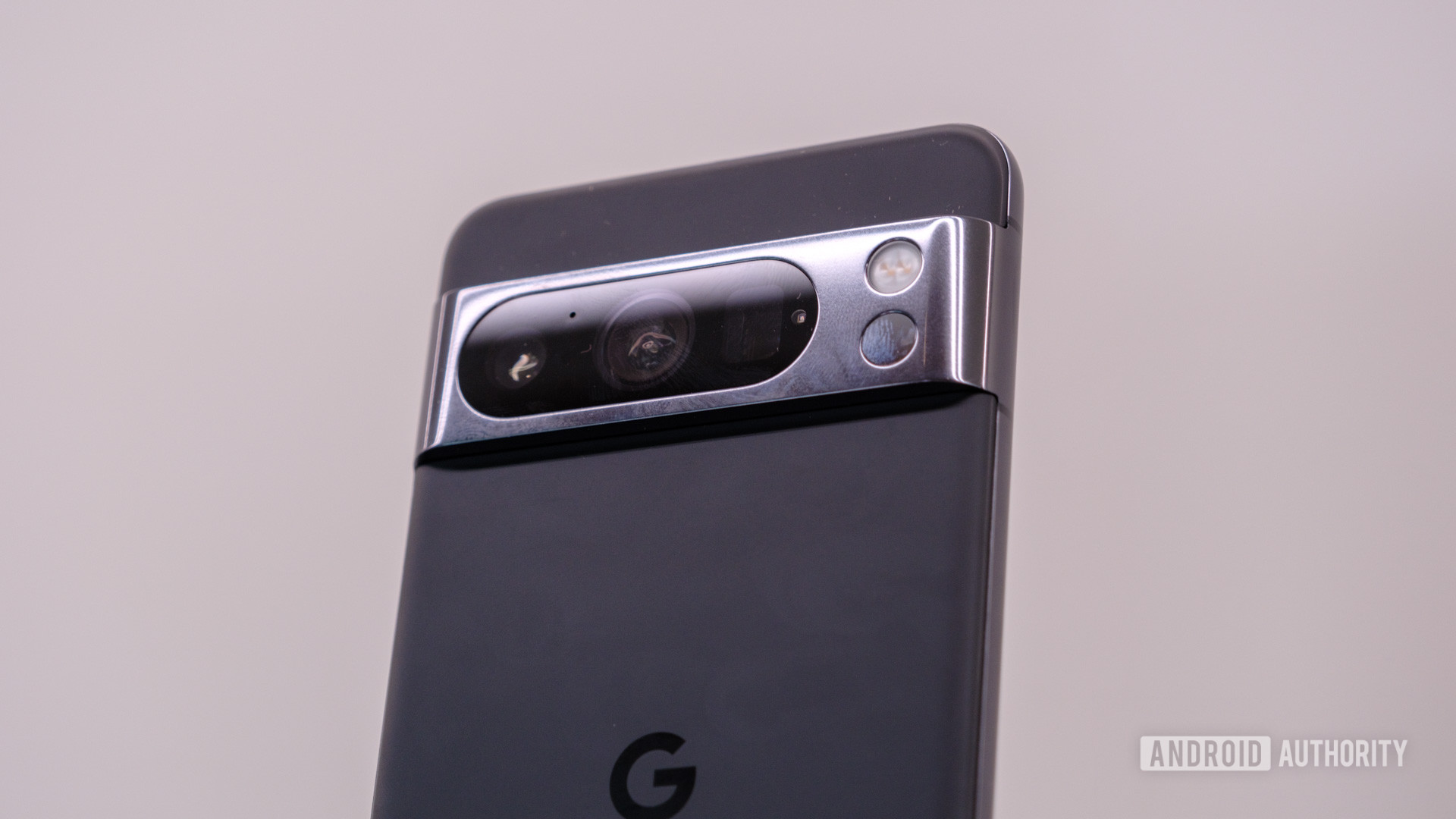
You’ll want to check out our Pixel 8 Pro review for samples, but one thing we can say here is that while new phone’s camera upgrades aren’t essential, they might push the boundaries of what you can shoot. Its telephoto lens for instance delivers 5x optical zoom, up from 4x, filling the frame better when shooting things like scenery or concerts. Apertures are also wider on all of the rear lenses, improving low-light performance.
The phone’s ultrawide lens is paired with a 48MP sensor, up from 12MP on the Pixel 6 Pro. If you take a lot of ultra-wide shots, that could mean a significant jump in quality. Other enhancements include multi-zone laser autofocus for the rear shooters, and basic autofocus for the front-facing selfie.
The Pixel 8 Pro's camera upgrades may push the boundaries of what you can shoot.
Long-term Pixel users will know that the real story is image processing. Google likes to brag about its computational photography tricks, not to mention a number of features and tools that are exclusive to Pixels, such as Face Unblur and the Magic Eraser. As of December 2023 the Pixel 8 Pro finally has its promised Video Boost and Night Sight Video tech for improved low-light recording, as well as some other options like Best Take, Magic Editor, and Audio Magic Eraser. Some of these may filter back to your 6 Pro, but if you want a cutting-edge camera phone, the 8 Pro is it.
The 6 Pro remains very capable, as you can see from the photo samples below. If you haven’t been running up against any limitations so far, don’t feel pressured to spend money.
Google Pixel 6 Pro vs Google Pixel 8 Pro: Battery life and charging
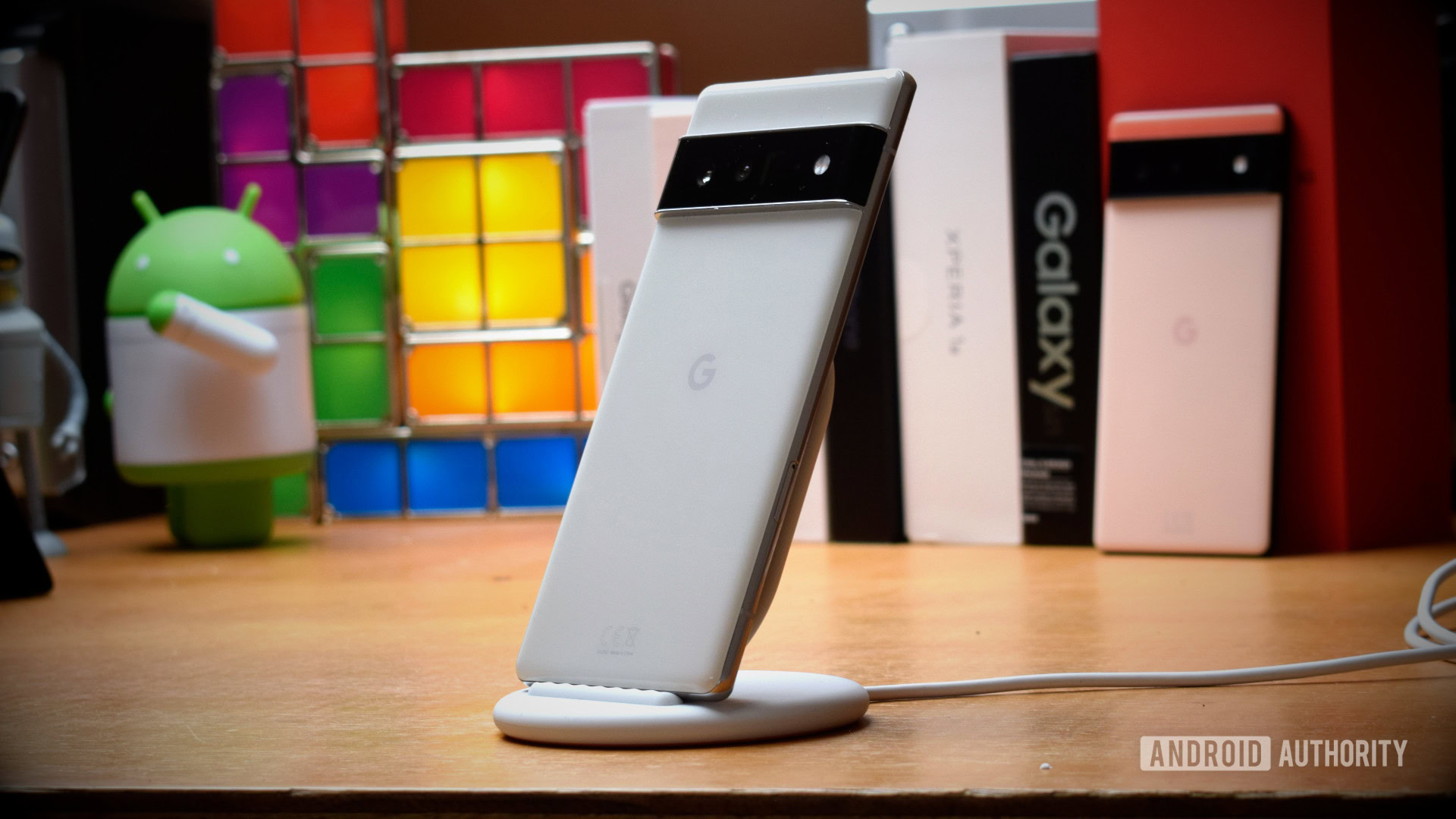
In most respects, nothing has changed here. The phones have similar mAh ratings, and provide 23W wireless charging with a 2nd-gen Pixel Stand, or 12W when using a generic Qi charger. They also support Google’s Battery Share reverse charging.
Expect the Pixel 8 Pro to last a long time based on our testing. We managed nearly a day and half between charges, with as much as 25% battery remaining after 5 hours of screen-on time. Better yet, support for 30W wired charging (compared with 23W on the Pixel 6 Pro) should make it quicker to top up. That’s assuming of course that you have a USB PD PPS charger, and you’ll need one of your own, since the only bundled power accessory is a USB-C cable.
Google promises up to 72 hours when Extreme Battery Saver is enabled. It’s best to avoid that mode whenever possible though, since it shuts off many features and cripples performance.
Google Pixel 6 Pro vs Google Pixel 8 Pro: Price and availability
- Pixel 6 Pro: Starts at $206.47 (renewed)
- Pixel 8 Pro (128GB): $999
- Pixel 8 Pro (256GB): $1,059
- Pixel 8 Pro (512GB): $1,179
- Pixel 8 Pro (1TB): $1,399
You can still find new or refurbished versions of the Pixel 6 Pro out there, but Google itself has discontinued the phone, preferring to nudge people towards the newer Pixel phones. That makes sense, given that the 6 Pro originally shipped in October 2021.

The Pixel 8 Pro launched in October 2023 starting at $999, a full $100 more than the 6 Pro did in 2021. That’s to be expected, unfortunately, given inflation and prices for competing phones like the 2023 iPhone 15 Pro. You’ll pay even more for higher storage tiers, to the point that a 1TB model costs as much as a respectable desktop PC. However, considering that the Pixel 9 series is now available, you should be able to find the Pixel 8 Pro for much less than its debut price.
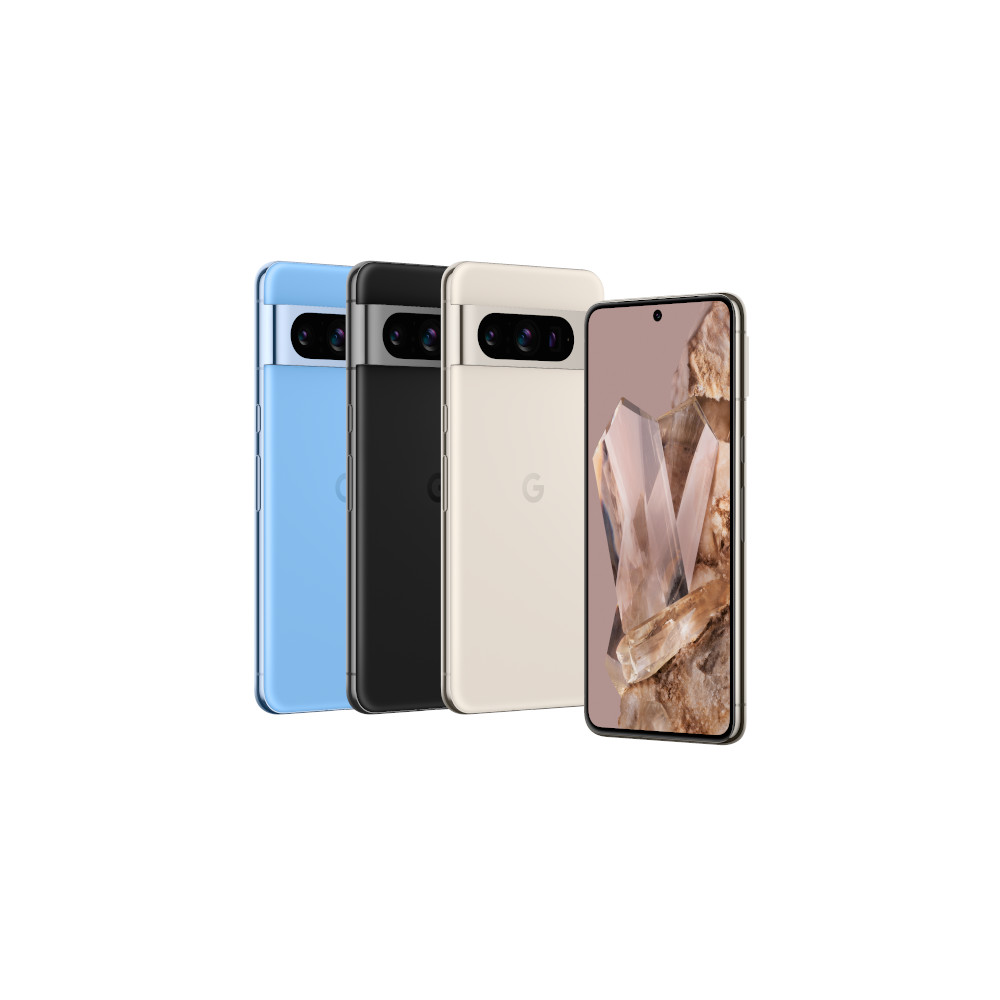

The Pixel 8 Pro is currently available in Austria, Australia, Belgium, Canada, Denmark, Ireland, France, Germany, Italy, Japan, the Netherlands, Norway, Portugal, Singapore, Spain, Sweden, Switzerland, Taiwan, the UK, and the US, excluding Puerto Rico.
Google Pixel 6 Pro vs Google Pixel 8 Pro: Should you upgrade?
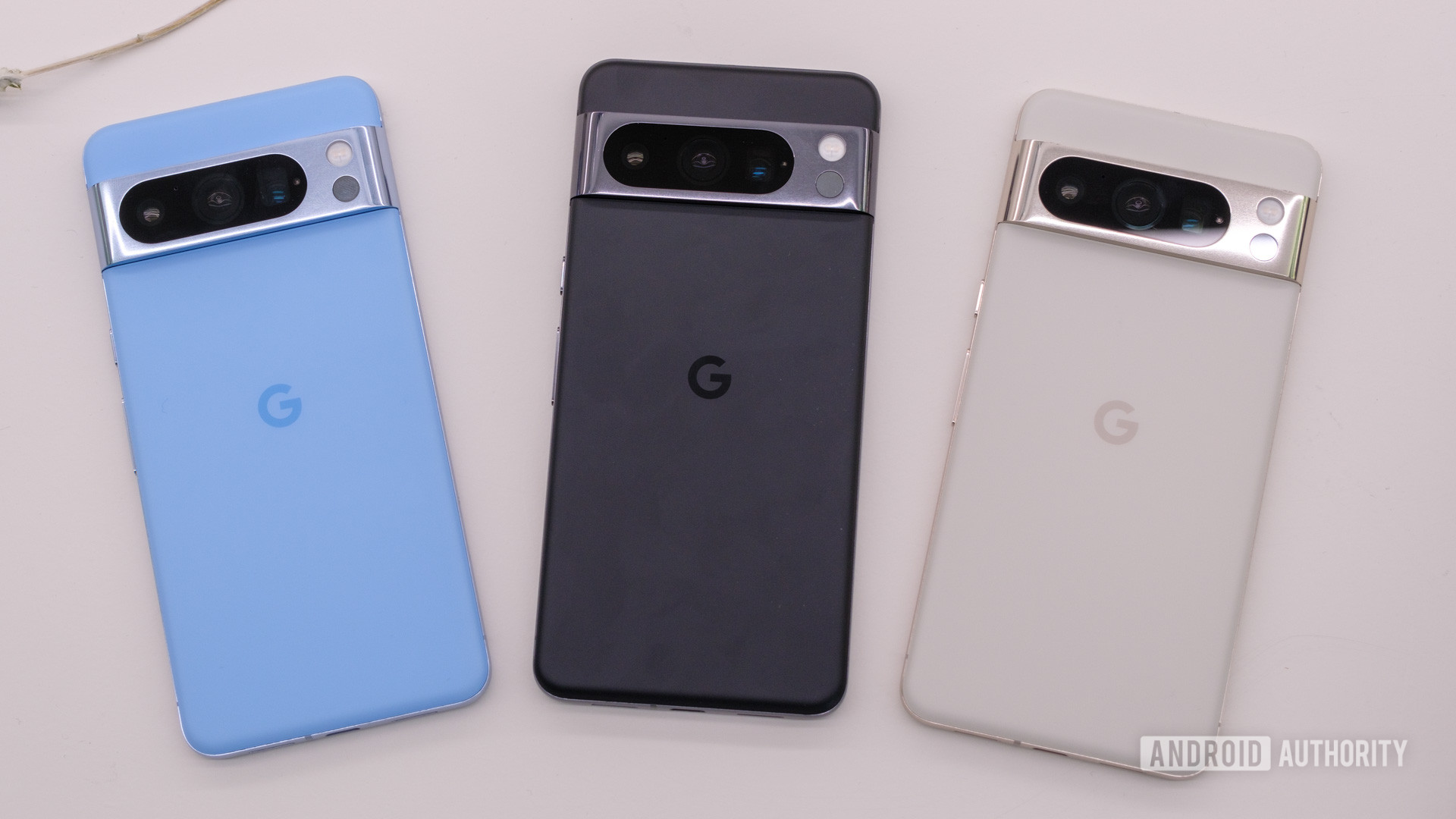
If you own a Pixel 6 Pro, the 8 Pro probably isn’t a must-have. Google isn’t abandoning its older phone yet, and the 8 Pro doesn’t introduce anything revolutionary. It’s conceivable that true “pros” might be quick sells — say if they shoot a lot of photos or video for social media, do live AI transcriptions, or work outdoors in the sun — but the 6 Pro was already pretty solid in those areas.
If you’ve got the disposable income to upgrade because you want to, we feel like there’s a better argument. Cumulatively the enhancements to the Pixel 8 Pro are enough to make it feel fresh, particularly if the thing you value most is photo and video quality. Google seems to be at the top of its game in camera hardware and software. And with seven years of guaranteed OS and security updates, the Pixel 8 Pro is a safe long-term investment, even with the Pixel 9 Pro/Pro XL an option.
Would/will you upgrade from the Pixel 6 Pro to the Pixel 8 Pro?
That said, the longer you hold off, the more novelty you can expect out of a new Pixel. If you’re going to spend on luxury purchases from Google, it might make more sense to buy a new Fitbit or Pixel Watch, or maybe some Google Nest smart home gear. After all, the Pixel 6 Pro will still get Android 15, and a few more years of security patches. There’s still life left in Google’s first Pro-tier Pixel.
Google Pixel 6 Pro vs Google Pixel 8 Pro: FAQ
The answer to that is highly variable, not just because it depends on phone models, but because Apple and Google prefer different aesthetics and excel in different areas. Google tends to be stronger with still photos, while Apple is superior at video. The Pixel 8 Pro does offer some unique AI-based photo and video features however, such as Video Boost for low-light recording.
Possibly, if you can score a good trade-in deal. You won’t notice as many changes as you will with the Pixel 8 Pro, however.
Both phones have eSIM support and a physical nano-SIM slot.
No, both phones are limited to internal and cloud storage.
It originally launched on October 28, 2021.